Destinations
Our vision presents six (6) destinations for us to colonize. At each destination will use the EarthSeed methodology and techniques to establish our foothold.
 Our first destination is our Moon. The southern pole offers a plateau on the edge of Amundsen Crater that is promising for its location, smaller shadowed craters, shallow enough for reasonable landings, yet deep enough for radiation shielding.
Our first destination is our Moon. The southern pole offers a plateau on the edge of Amundsen Crater that is promising for its location, smaller shadowed craters, shallow enough for reasonable landings, yet deep enough for radiation shielding.
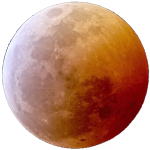 Our second destination is Mars. The Northern polar region offers an exposed canyon with a sizeable landing area, cliffs, all near the ice cap. Boreum Cavus is the central section of canyon bounded by Chasma Boreale on the downhill end, and Tenuis Cavus on the uphill end.
Our second destination is Mars. The Northern polar region offers an exposed canyon with a sizeable landing area, cliffs, all near the ice cap. Boreum Cavus is the central section of canyon bounded by Chasma Boreale on the downhill end, and Tenuis Cavus on the uphill end.
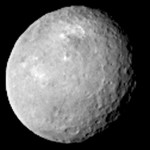 Our third destination is a waypoint at Ceres in the asteroid belt. A much smaller body than a moon, Ceres will require a different approach to build our habitat cave. The dwarf planet offers the opportunity to establish a transport hub within the asteroid belt.
Our third destination is a waypoint at Ceres in the asteroid belt. A much smaller body than a moon, Ceres will require a different approach to build our habitat cave. The dwarf planet offers the opportunity to establish a transport hub within the asteroid belt.
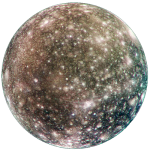 Our fourth destination is Jupiter’s moon Callisto. Located just outside Jupiter’s main radiation belt, offers some small reduction in the radiation environment of the gas giant. Small, bright patches of pure water ice are intermixed with patches of a rock–ice mixture suggest the possibility of access to water, and some other compounds conducive to habitat life. Additionally, recent research suggests that there may be a deep, saltwater ocean beneath the crust.
Our fourth destination is Jupiter’s moon Callisto. Located just outside Jupiter’s main radiation belt, offers some small reduction in the radiation environment of the gas giant. Small, bright patches of pure water ice are intermixed with patches of a rock–ice mixture suggest the possibility of access to water, and some other compounds conducive to habitat life. Additionally, recent research suggests that there may be a deep, saltwater ocean beneath the crust.
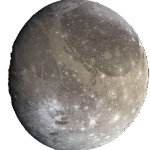 Our fifth destination is another of Jupiter’s moons, Ganymede. Ganymede is Jupiter’s largest moon, though it lies within the gas giant’s radiation field. This moon is composed of approximately equal amounts of silicate rock and water ice. The Galileo craft discovered its underground ocean and magnetic field.
Our fifth destination is another of Jupiter’s moons, Ganymede. Ganymede is Jupiter’s largest moon, though it lies within the gas giant’s radiation field. This moon is composed of approximately equal amounts of silicate rock and water ice. The Galileo craft discovered its underground ocean and magnetic field.
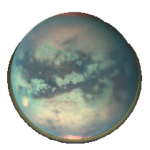 Our sixth destination is the large moon Titan of Saturn. It is the only natural satellite known to have a dense atmosphere, and the only object other than Earth where clear evidence of stable bodies of surface liquid has been found.
Our sixth destination is the large moon Titan of Saturn. It is the only natural satellite known to have a dense atmosphere, and the only object other than Earth where clear evidence of stable bodies of surface liquid has been found.
While these destinations are no more hospitable than the frozen arctic or antarctic in the dead of winter, the reality is that these present our best hope for leaving our nest that is Earth. A frontier is always challenging, and deadly. The EarthSeed Vision recognizes this, and offers a single methodology to meet the challenges of each of these destinations … and beyond.
Is it really inconceivable to suggest that by the time we reach Titan, we might have a viable star-drive in testing?